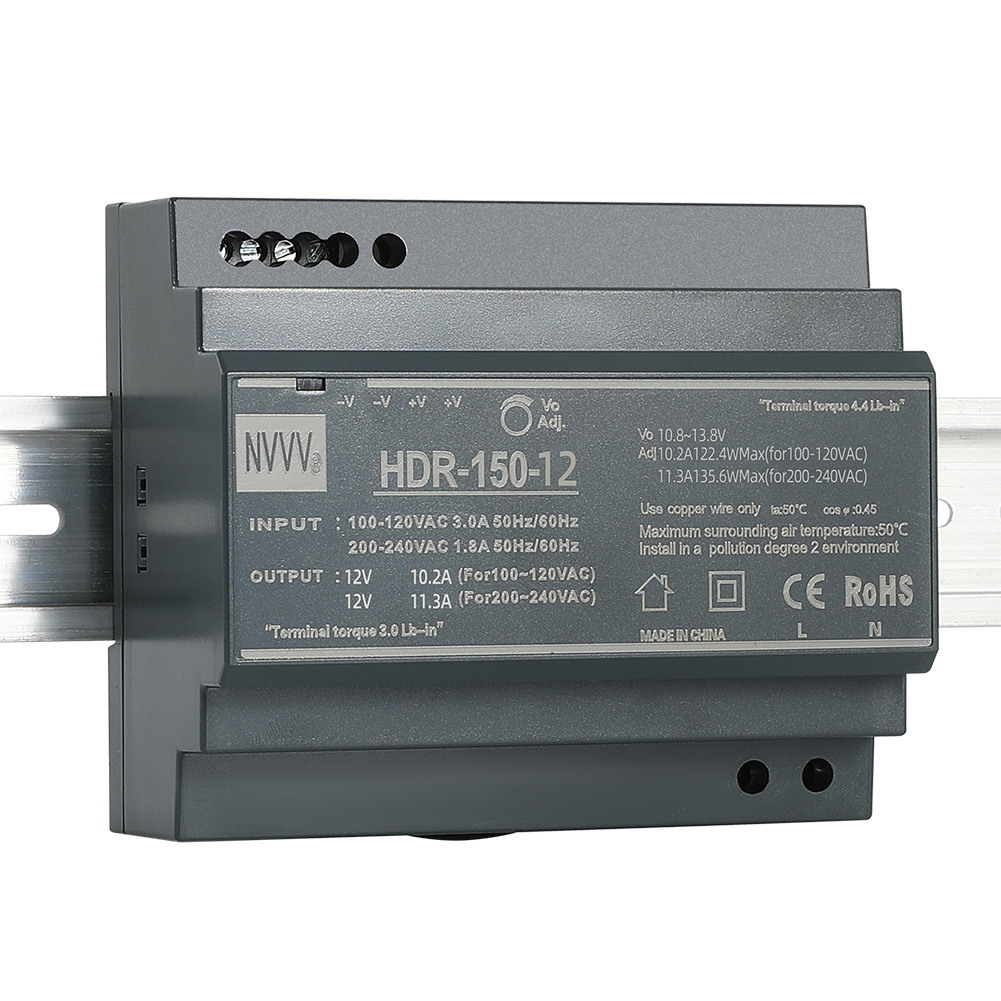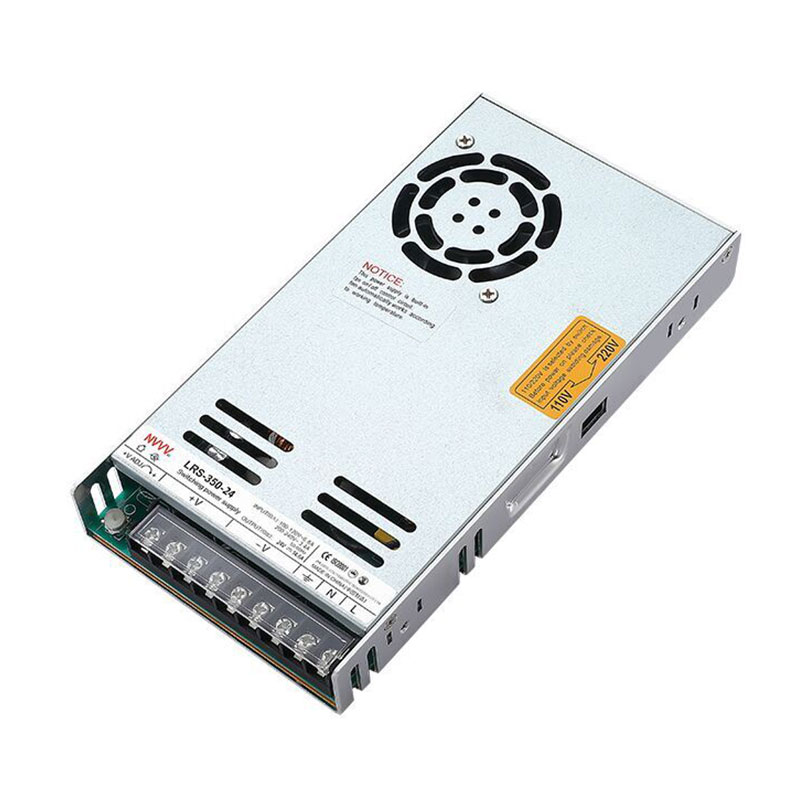How to choose a led switch mode power supply for myself
To choose a LED switch mode power supply (SMPS) for yourself, you need to consider the following key factors to ensure that the power supply can meet your needs and provide the best performance and reliability.
1. Determine your needs
Application scenarios
Determine which devices you want to power. Different LED devices (such as light strips, bulbs, displays, etc.) may require different types and specifications of power supplies.
Power requirements
Calculate the total power (watts) required for your LED device. Usually the power information of the LED will be marked on the product manual or packaging. Make sure the power of the power supply is slightly higher than the total required power to prevent overload.
2. Input voltage and output voltage
Input voltage
Determine the grid voltage in your area (for example, 120V in North America and 230V in Europe). Select a power supply input voltage range that matches it.
Output voltage
Determine the output voltage required for your LED device. For example, common LED voltages are 12V and 24V. Select a power supply output voltage that matches it.
3. Output Current
Based on the wattage and voltage of your LED device, calculate the required output current (current = wattage / voltage). Make sure the output current capability of the power supply meets or exceeds this value.
4. Efficiency and Thermal Management
Efficiency
A high-efficiency power supply reduces energy loss, lowers electricity bills, and generates less heat. Generally, a power supply with an efficiency of more than 80% is ideal.
Heat Dissipation
Good heat dissipation design can extend the life of the power supply. Check if the power supply has a proper heat sink or fan, especially if the power supply is high wattage.
5. Dimming
If your LED device requires dimming, make sure the power supply supports dimming and is compatible with dimmers. Some LED power supplies have built-in dimming functions that can be adjusted through PWM (pulse width modulation) or DALI (digital address lighting interface).
6. Certification and Quality
Choose a power supply that has been certified, such as UL, CE, RoHS, etc. These certifications indicate that the product has passed rigorous safety and quality testing.
Check user reviews and professional reviews to choose brands and models with a good reputation.
7. Size and installation method
Make sure the size of the power supply is suitable for your installation space. Some power supplies are waterproof and suitable for outdoor use. Choose the appropriate installation method (such as DIN rail mounting, wall mounting, etc.) according to the specific installation location.
8. Price and warranty
Compare the prices of different brands and models. If the budget allows, try to choose a high-quality and reputable power supply.
Check the warranty policy of the power supply. A longer warranty period usually means higher product reliability.
Specific steps to choose an LED switching power supply
List the device requirements: List the voltage and power requirements of all LED devices.
Calculate the total power and current: Calculate the total power requirements of all devices and calculate the required current based on the voltage.
Choose a power supply with appropriate voltage and current: Choose a power supply with output voltage and current that meets the requirements.
Check efficiency and thermal design: Choose a power supply with high efficiency and good thermal design.
Confirm dimming function: If dimming is required, confirm that the power supply supports and is compatible.
Verify certification and quality: Choose a brand with certification and good reputation.
Consider size and installation: Make sure the power supply is of the right size and the installation method meets the requirements.
Compare price and warranty: Choose a power supply with high cost performance and long warranty period.
Conclusion
Choosing a suitable LED switching power supply requires comprehensive consideration of many factors, including power, voltage, current, efficiency, heat dissipation, dimming, certification, size, price and warranty. Through the above steps, you can more confidently choose an LED switching power supply that suits your needs and ensure that it can stably and efficiently power your LED devices.
If you still have questions about how to choose an LED switch mode power supply after reading the above article, I highly recommend that you refer to the LED driver series of switching power supplies designed for LEDs under the NVVV brand, and ask the sales staff on the NVVV official website to get the switching power supply that best suits your needs.









